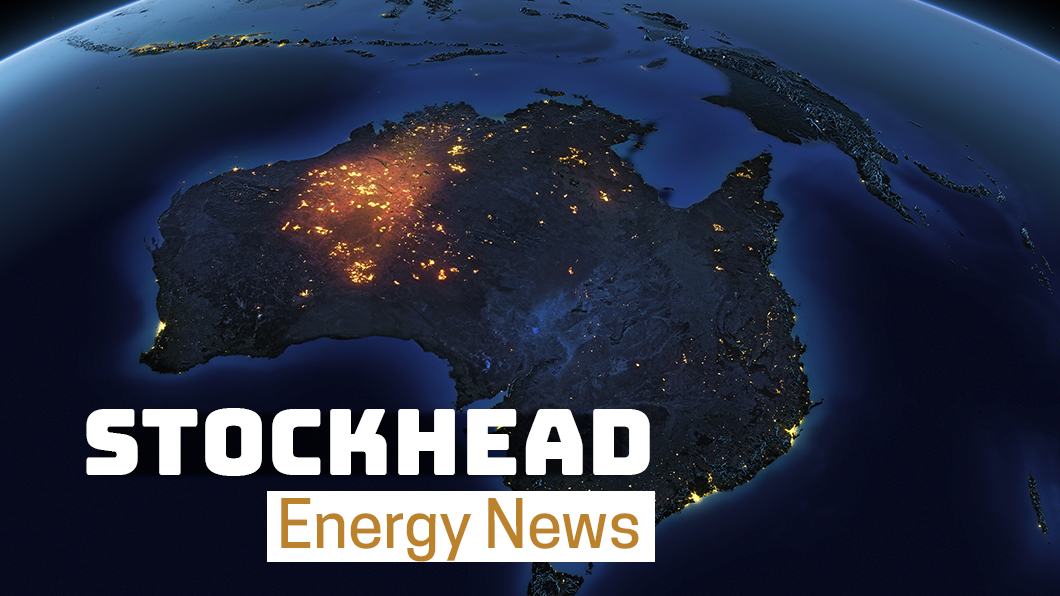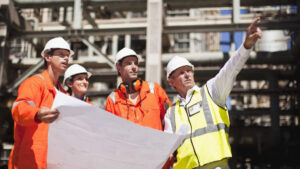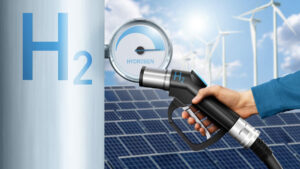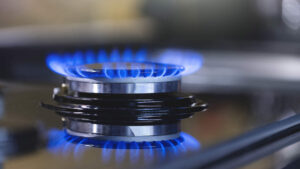Andrew ‘Twiggy’ Forrest’s FMG, ATCO to power up the hydrogen revolution

Pic: Matthias Kulka / The Image Bank via Getty Images
Better known as being one of the largest producers of iron ore in the world, Fortescue Metals Group (ASX:FMG) is now helping to drive the adoption of hydrogen in Western Australia.
The company will collaborate with ATCO to construct and operate a combined hydrogen production and refuelling facility at ATCO’s existing facility in Perth.
This initial facility will provide ATCO, Fortescue and agreed third parties with the means to refuel hydrogen-powered vehicles including a fleet of Toyota Mirai fuel cell electric vehicles that have been made available by Toyota Motor Corporation Australia.
Fortescue chief executive officer Elizabeth Gaines said hydrogen had the potential to play a key role in the future energy mix as the world moved towards a lower carbon future.
“Identifying and establishing partnerships is critical to unlocking the future potential of hydrogen and we look forward to working with ATCO to capitalise on the economic opportunities associated with hydrogen and support the development of a competitive hydrogen industry,” she added.
ATCO is currently conducting a feasibility study with $375,000 in funding from Western Australia’s Renewable Hydrogen Fund into the development of a commercial scale renewable hydrogen production plant.
The company’s Clean Energy Innovation Hub has also been generating and testing the use of renewable hydrogen for more than six months in gas blending and power applications.
Australia has been progressing adoption of hydrogen as the next generation clean fuel with various projects underway.
In addition to the funding provided to ATCO, Western Australia has also provided funding to six other projects, one of which will determine if hydrogen can be introduced into the 1547km-long Dampier to Bunbury natural gas pipeline.
Hazer Group (ASX:HZR), the most visible small cap ASX company in the hydrogen space, secured a grant of up to $250,000 for a feasibility study on the creation of a renewable hydrogen transport hub in the City of Mandurah.
It also secured a binding funding agreement with the Australian Renewable Energy Agency (ARENA) for grant funding of up to $9.41m to support the design, procurement, construction and operation of a demonstration project using its Hazer process.
The demonstration plant is a 100-tonne-per-annum low-emission facility located at Water Corporation’s Woodman Point waste water treatment plant that will use biogas produced at the plant as feedstock to produce hydrogen and graphite.
More recently, the New South Wales state government said it is targeting the blending of up to 10 per cent hydrogen into its gas networks by 2030 to achieve major greenhouse gas emission reductions over the next decade.
In February, Australian Gas Networks (AGN) secured $1.78m in grant funding from the Queensland government’s $15m Hydrogen Industry Development Fund for its $4.2m hydrogen plant in Gladstone.
The Gladstone plant is aimed at making the city the first to use a blend of hydrogen and natural gas in its network.
AGN also received $1.28m in funding from the ARENA to establish the Australian Hydogen Centre, which will investigate the blending of hydrogen into natural gas pipelines in South Australia and Victoria.
Related Topics

UNLOCK INSIGHTS
Discover the untold stories of emerging ASX stocks.
Daily news and expert analysis, it's free to subscribe.
By proceeding, you confirm you understand that we handle personal information in accordance with our Privacy Policy.








